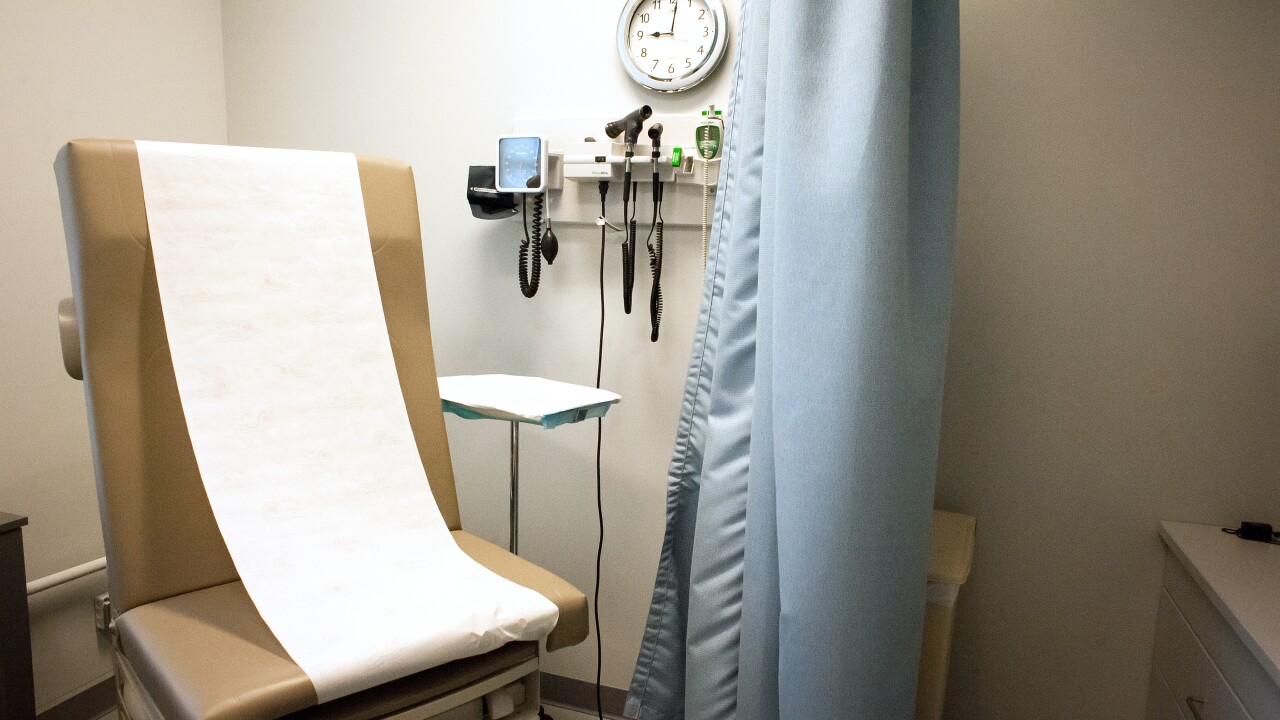Something is costing your health plan a whole lot of money, and it's largely due to uninformed choice: early induced deliveries.
That's not to say that some babies don't need to be induced before full term (40 weeks) because of medical reasons, but a growing trend shows that hospitals are electing this option because of revenue and doctors’ schedules or because moms simply want to schedule their births.
According to a report out yesterday by The Leapfrog Group, an employer-driven hospital watchdog, 61% of surveyed hospitals reported an equal or worse rate from the previous year of early elective newborn deliveries. Some progress was made, with a 65% increase in hospitals who kept their early elective rate to 5% or less of all births.
According to Leapfrog, there is still wide variation among hospitals. Rates of early elective deliveries ranged from less than 5%, which is Leapfrog’s target for all hospitals, to over 40%.
"We need to make sure employers and consumers are educated," said Leapfrog CEO Leah Binder. She said the key may be pushing health plans to pay differently—more for vaginal births and less for elective pre-term deliveries. "There are clear financial incentives [for hospitals to induce]." She added that benefit design can play a big role in deferring women from going the elective induced route; say if an employee has to pay larger out-of-pocket costs for an elective birth.
Recent studies have shown that as many as 36% of elective deliveries now occur before 39 weeks, and many of these early deliveries are contributing to costly and avoidable complications. In the United States, one in eight babies is born prematurely, according to the March of Dimes. Premature birth
Dr. Billie Lou Short, chief of neonatology at Children’s National Medical Center, said that last year, 19% of admissions at Children’s National Medical Center were newborns who fell into the category of “early term” or 37 to 38 weeks gestational age. “These infants came to the Children’s NICU because of morbidity related to being delivered early,” noted Dr. Short. She went on to explain that short-term morbidities of an early term infant include respiratory distress (breathing problems), temperature instability, increased bilirubin resulting in in-hospital treatment, infection, longer-hospital stays and a higher mortality rate.
Darling even referred to her own pregnancy many years ago while living in the South, "I was miserable and gained a lot of weight because this was before physicians told you about the importance of exercise, if a doctor had asked me if I wanted to induce early, I would've said yes because I didn't know any better." Now, she says, she would make a different decision. And women and their employers are in a position to make informed decisions.
The survey was of 757 hospitals, who voluntarily reported their rate of early elective deliveries. The average rate across all reporting hospitals fell from 17% in 2010 to 14% in 2011. Several states have an average rate at or below the national average, including California, Colorado, and Massachusetts. Ohio reported the lowest average rate at 7.6%. Other states reported average rates well above the national average. For example, the average rate of hospitals reporting from Alabama was 22.5%.
Several health insurance companies have gotten on board, Aetna, WellPoint, United Healthcare and Cigna, but were unable to comment at press time whether they've implemented any of the payment strategies.





